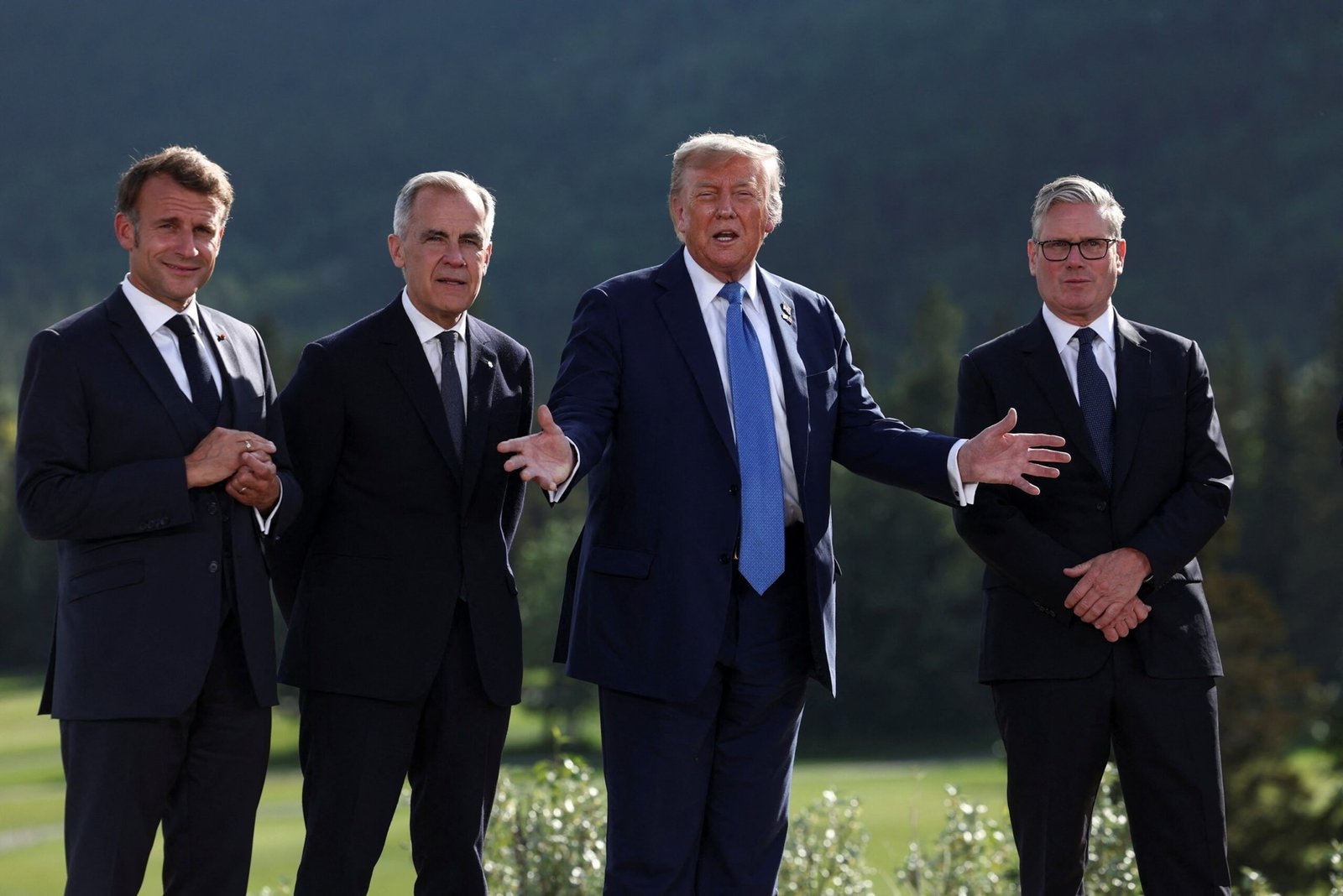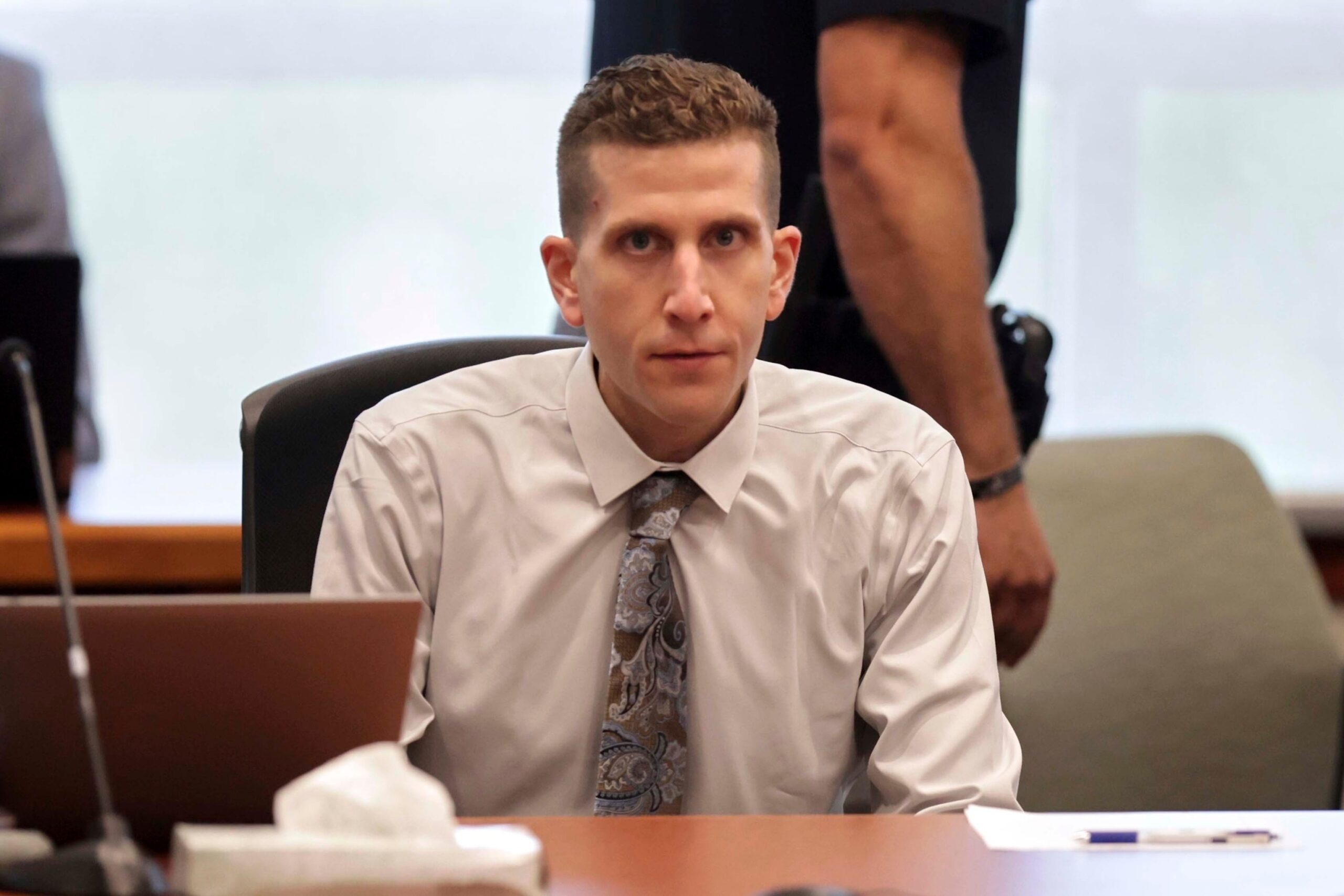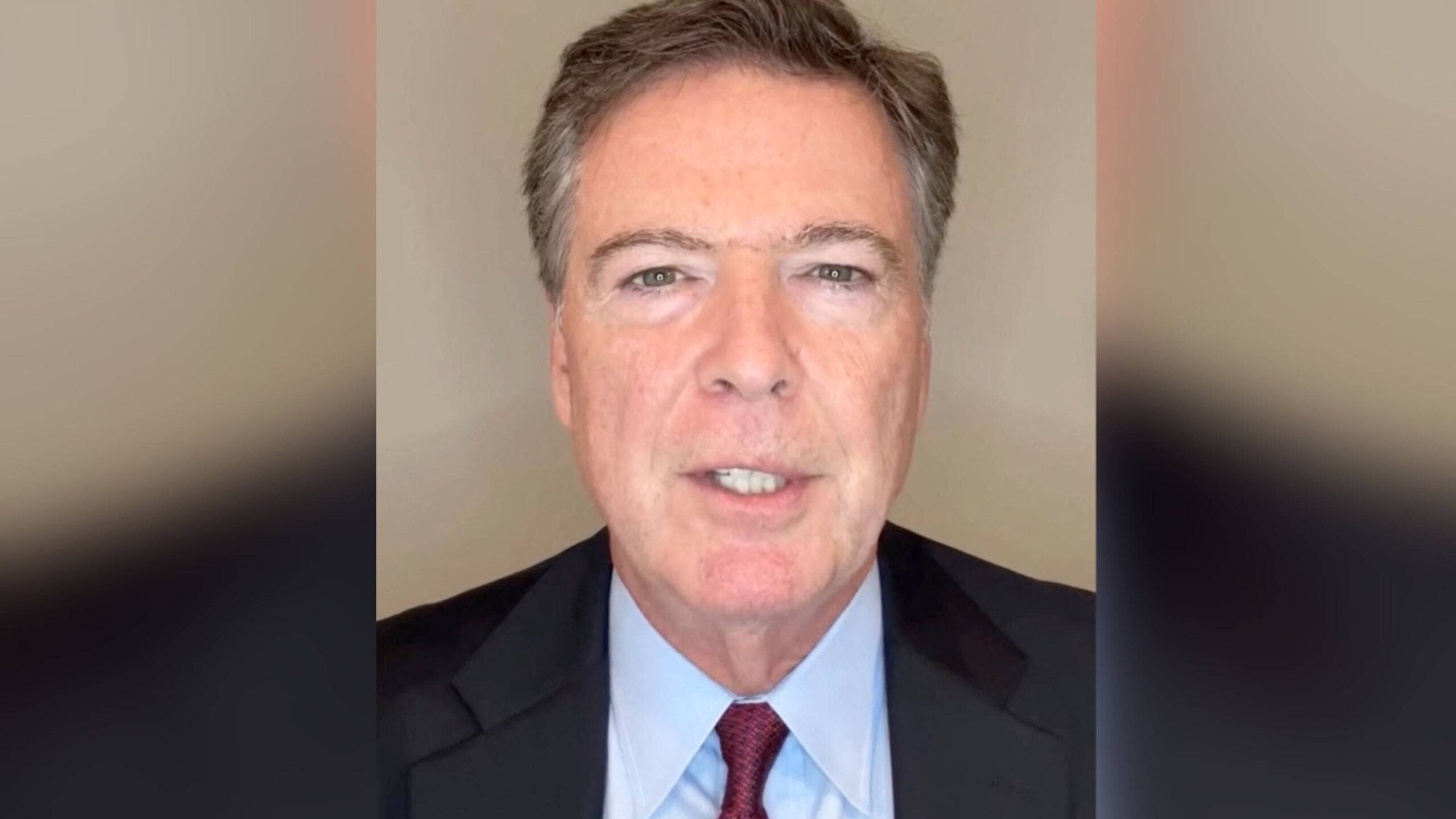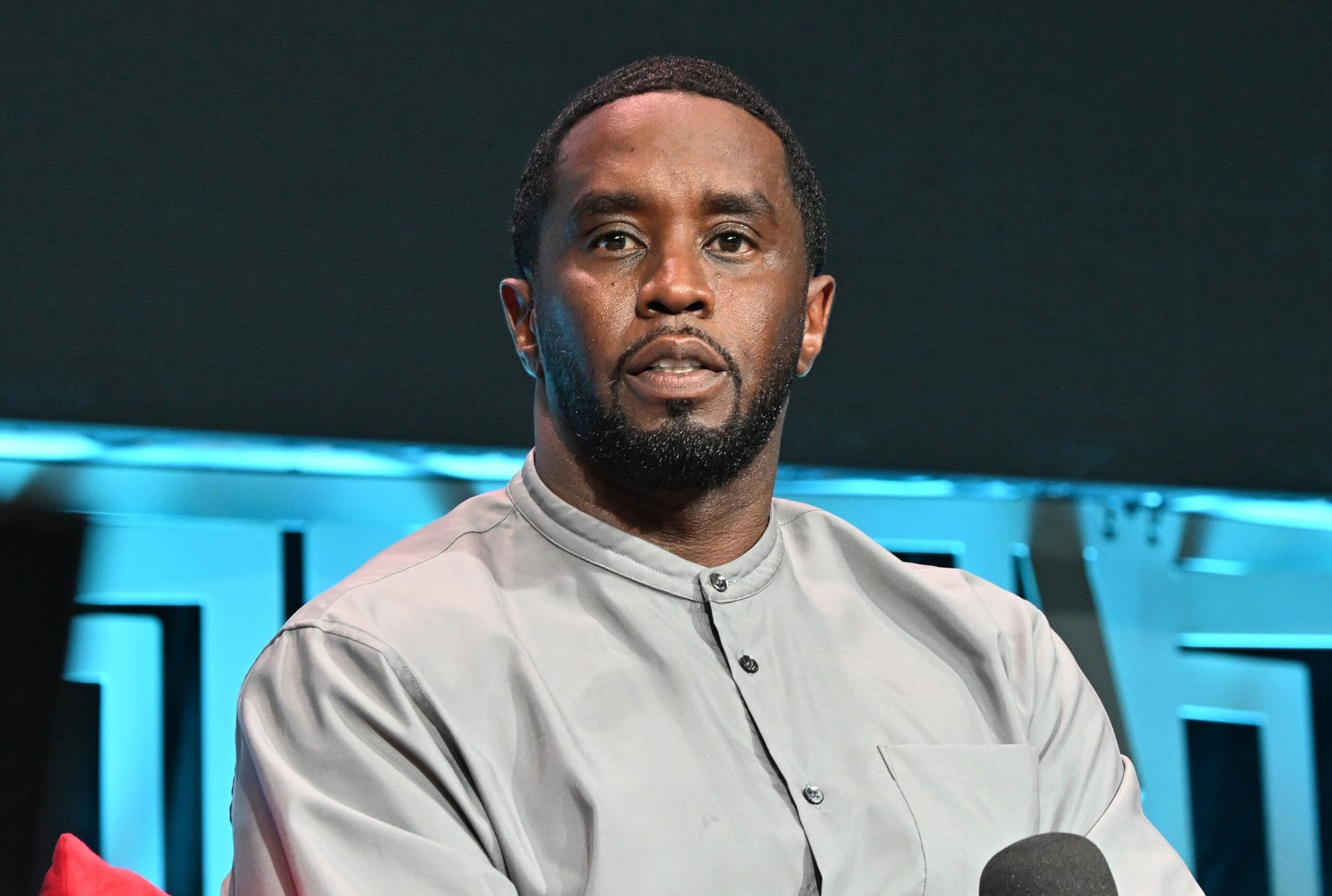What follows for the citizens of Birthright after the Supreme Court limits national mandates?
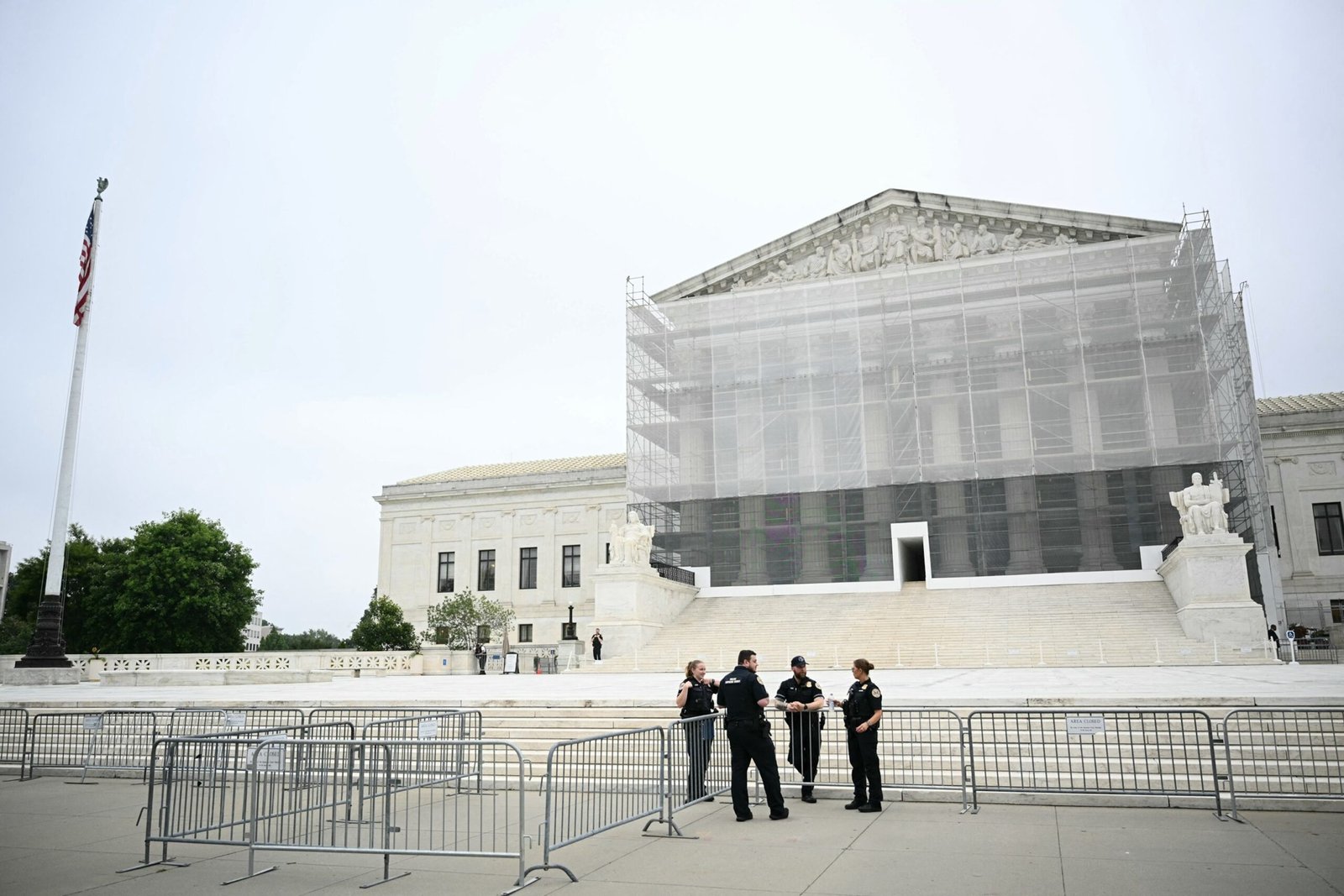
The Supreme Court delivered on Friday a highly anticipated ruling involved in the executive order of President Donald Trump to effectively end birth citizenship.
But there are many questions about how such order would be asked at a practical level.
And while the conservative majority of the Court limited at the national level issued by federal judges against the order, the Court did not rule whether the order itself is constitutional.
Even so, the decision could lead to a radical remodeling of a legal right to citizenship that has been guaranteed by the 14th amendment, at least in the short term.
From immediately, the administration can begin to plan how to implement the end of the citizenship of law to birth.

Police officers of the Supreme Court are outside the Supreme Court in Washington, on June 27, 2025.
Mandel and/AFP
Trump’s order itself has a grace period of 30 days before it comes into force, which means that at this time there are no changes in the citizenship of birth rights and children born in all parts of the country continue to be US citizens.
The regulations must be written and the details of such order should still be addressed: for example, all pregnant women in the United States now must go to the hospital with a passport or a birth certificate?
The White House on Friday had no clear answers when they were pressed for details.
The Federal District Courts in Maryland, Massachusetts and New Hampshire will soon have to review the national mandates issued there in the light of the Court’s decision and adapt them or reduce them to apply only to the plaintiffs who presented these cases.
The plaintiffs were 22 states, immigrant defense groups and several non -pregnant citizens.
Trump’s executive order challengers will continue to litigate the order for merit. No court has directly considered the constitutionality of the executive order, although three lower courts have said that it seems to clearly violate the 14th amendment and there are three precedents of the Supreme Court of Long Data that unequivocally defend the citizenship of birth rights.
But for the remaining 28 states that have not sued, Trump’s attempts to end the citizenship of birth law could come into force as soon as 30 days.
The challengers can and will also fight in a wide implementation in other ways as it advances.
On Friday, a group filed a collective claim that seeks wide protection of all non -citizen pregnant women, including those who are not demanding.
In a concurrent opinion, Judge Brett Kavanaugh indicated that the plaintiffs could also challenge the citizenship regulations of the administration, once issued, under the Law of Administrative Procedures.
However, Attorney General Pam Bondi fought on Friday to address how exactly the administration plans to implement the Trump order.
When asked who would be in charge of investigating citizens (for example, if they would be nurses or doctors, since babies are being born) Bondi only replied: “All this is a pending litigation.”
Another journalist asked Bondi: “If you have an undocumented baby, would that baby an application priority?”
“Violent criminals in our country are priority,” Bondi diverted.
What follows for national mandates?
In more general terms, the Administration will probably seek to go back throughout the country that block Trump’s policies in other cases.
These audiences and decisions will take place in the coming weeks.
“These mandates have blocked our policies from rates to military preparation to immigration to foreign affairs, fraud, abuse and many other problems,” Bondi said Friday. “The judges have tried to take advantage of the power of the executive branch and cannot do that. No longer.”
President Trump said in a similar way while celebrating the ruling.
“Then, thanks to this decision, we can now present immediate Americans, “the peoples,” those presented, “the presidents,” say the presidents, “the peoples,” says those presented. ” The presidents, “the doors say.


